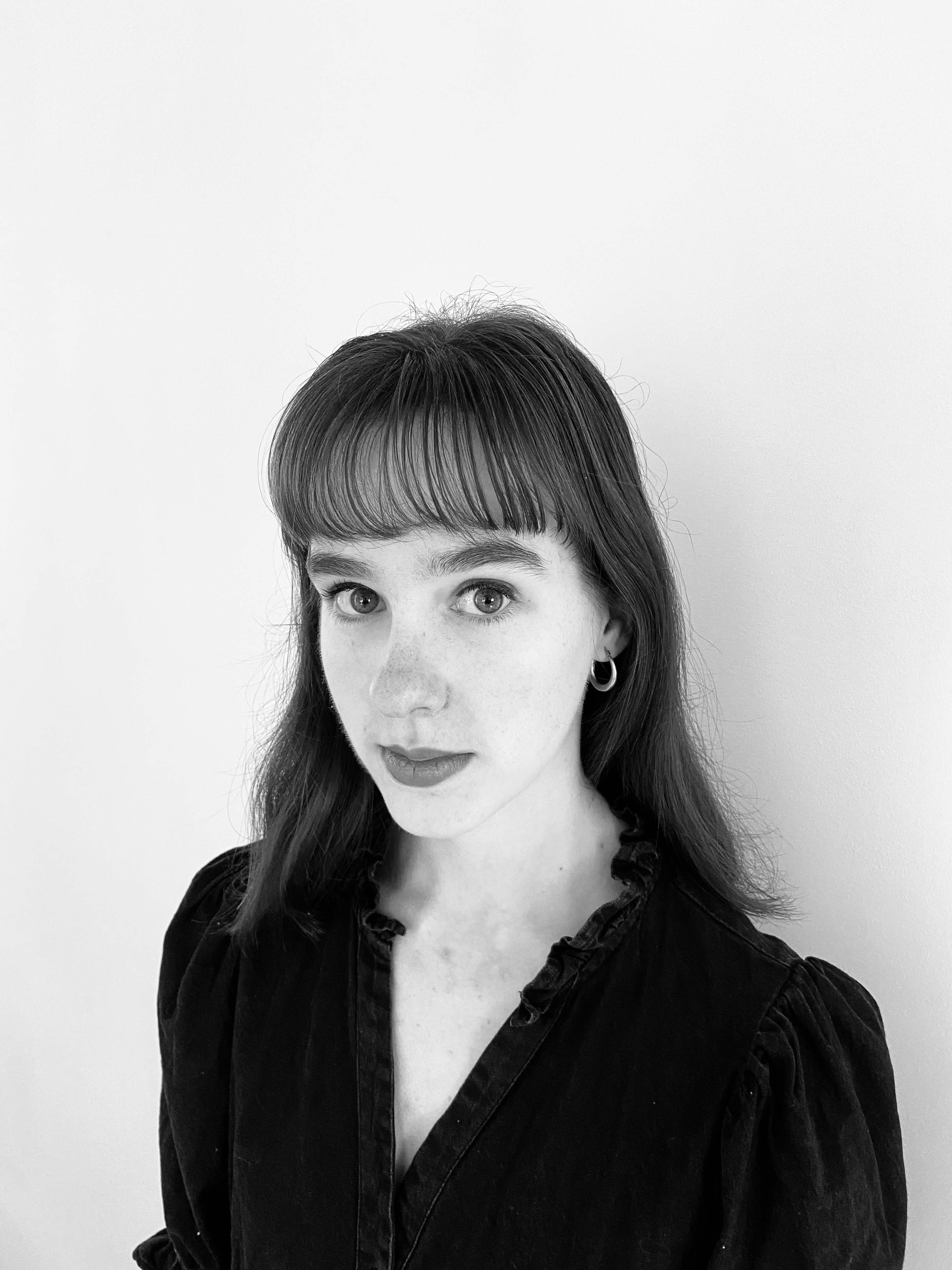What can Hatshepsut's rule tell us about relationships between gender and power?
- Amy Mogensen

- Dec 24, 2021
- 4 min read

Hatshepsut ruled in New Kingdom Egypt as a female Pharaoh. Her rule allows us to reconsider how gender and power interacted in New Kingdom Egypt. In particular, Hatshepsut’s artistic representations of herself as Pharaoh invite us to recognise that gender and power operated on a spectrum in New Kingdom Egypt, not within exclusive binaries. Social science epistemologies including gender studies and Queer Theory are applied to Hatshepsut's kingship to demonstrate how gender and power operated outside of binaries in New Kingdom Egypt.
Matić’s (2016, p. 810) application of Queer Theory to the archaeology of Egypt invites us to recognise that we cannot assume a “binary bind” of gender in a given society, but rather we must look for evidence that could indicate towards any nature of a gender division and/or fluidity within that society. Both Diamond (2020, p. 5) and Matić (2016, p. 811) agree that there was a gender binary in Egypt—for example, the gendered endings of hieroglyphs. Yet there is also evidence for a more fluid representation of gender existing outside of the binary. Troy (2002, p. 3) speaks of gender in Egypt as “two ends of a single continuum”, a statement which is echoed by Diamond (2020, pp. 5-8), commenting on the fluidity of the “gender spectrum” that existed in Egypt, which saw “creator deities [as] both uterine and phallic”. Within this discourse, Troy (2002, p. 3) concludes that the creator in Egyptian mythology is an androgynous being, creating “a kingship which can, as an androgynous construct, facilitate between male and female manifestations of power”. Troy’s interpretative model, used in the analysis of creation myths and creator deities, offers critical insight into the relationship between masculine and feminine power in Egypt, which is essential if we are to investigate how Hatshepsut’s rule worked within this gendering of power.

As the role of the Pharaoh was typically performed by a man, it corresponds that the iconography of the Pharaoh represented masculine projections of power. In presenting herself with the iconography of the Pharaoh, Diamond (2020, p. 3) describes how Hatshepsut “undercut the assumed connection between men and masculinity”, using masculinity as a political tool with which to project the established Pharaonic identity. Through her artistic representations, Hatshepsut showed masculinity was not attached to biologically male bodies and can be negotiated with (Diamond 2020, p. 4). For example, the Sphinx from her mortuary temple at Deir el-Bahri wears the royal nemes headdress, a piece of regalia reserved for the Pharaoh.

Matić (2016, p. 822) introduces the concept of the “art nexus”, where non-human material objects have power, or agency. Matić (2016, p. 820) argues that this is especially important to recognise in Egypt, as “representations were ordered by decorum”, meaning that Hatshepsut would have used her images to represent her identity as Pharaoh. Therefore, art has the agency to allow Hatshepsut to separate masculinity from the male form, as Diamond argues. In fact, Matić goes further than Diamond, arguing that Hatshepsut’s representations not only offered to transcend gender, but to transcend corporeality. Matić (2016, pp. 822-823) argues that the “art nexus” allowed Hatshepsut to “achiev[e] kingship beyond the corporeal”, by allowing her artistic representations to take away her female form and project her image as Pharaoh to the gods, thus having the ability to be received as a king (god) in the afterlife. Returning to Troy’s definition of an androgynous kingship, Hatshepsut’s artistic representations reveal how gender was used as a 'costume' Hatshepsut used to construct her identity and communicate her power as the king.

We can recognise how, in the eyes of expired discourses, Hatshepsut’s representations would have spoken of a woman presenting herself as a man. The contemporary analysis offered by Diamond and Matić, which use social science epistemologies including gender studies and Queer Theory, help to illuminate the nuances of Hatshepsut’s representations. By investigating Hatshepsut’s relationship with gender and the kingship, we can look at how gender operates as a tool within power, and how representations of gender—i.e. masculinity and femininity—can be separated from their associated biological male and female bodies, as is realised in artistic representations of Hatshepsut. Furthermore, social science epistemologies allow us to revise past archaeological discourses and inspire more inclusive interpretations of the past.
Artistic representations of Hatshepsut are thus seen to reveal the fluidity of gender in the ideology of the kingship. The use of social science epistemologies in this archaeological research allows us to investigate the relationship between gender and power in Hatshepsut’s society. In the context of Hatshepsut’s society, gender is experienced outside of fixed binaries, operating instead as a malleable tool with which to project a specific identity, which in the case of Hatshepsut, was her identity as Pharaoh.
Images:
Fitzpatrick, C. (n.d.). Shu, the god of air, separates the sky goddess, Nut, from the earth god, Geb. Two ram-headed gods stand beside Shu [Illustration]. https://www.historymuseum.ca/cmc/exhibitions/civil/egypt/egcr09e.html.
Head from an Osiride Statue of Hatshepsut. (1479). [Statue]. The Metropolitan Museum of Art, New York City, United States of America. https://www.metmuseum.org/art/collection/search/547553.
Mohawk Games. (2020). Egyptian Pharaoh Hatshepsut (1479–1458 BCE) depicted in the game Old World. [Illustration]. World History Encyclopedia. https://www.worldhistory.org/image/12935/hatshepsut-artists-impression/.
Sphinx of Hatshepsut. (c. 1479-1458 B.C.). [Statue]. The Metropolitan Museum of Art, New York City, United States of America. https://www.metmuseum.org/art/collection/search/544442.
References:
Diamond, K. (2020). Hatshepsut: Transcending Gender in Ancient Egypt. Gender & History, 32(1), 168–188. https://doi.org/10.1111/1468-0424.12462.
Matić, U. (2016). (De)queering Hatshepsut: Binary Bind in Archaeology of Egypt and Kingship Beyond the Corporeal. Journal of Archaeological Method and Theory, 23(3), 810–831. https://doi.org/10.1007/s10816-016-9288-9.
Troy, L. (2002). The Ancient Egyptian Queenship as an Icon of the State. NIN, 3(1), 1–24. https://doi.org/10.1163/157077602100416878.







Comments